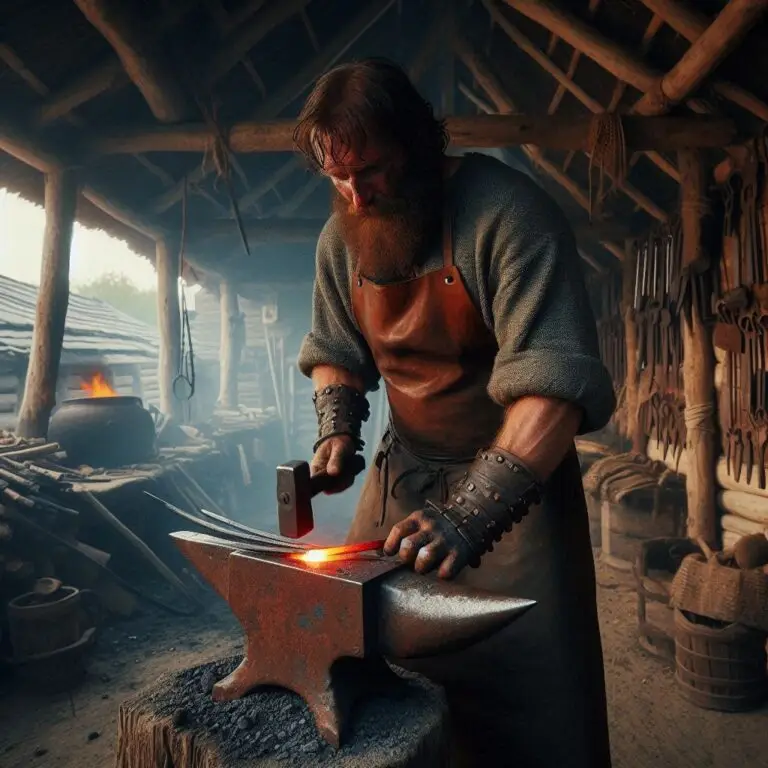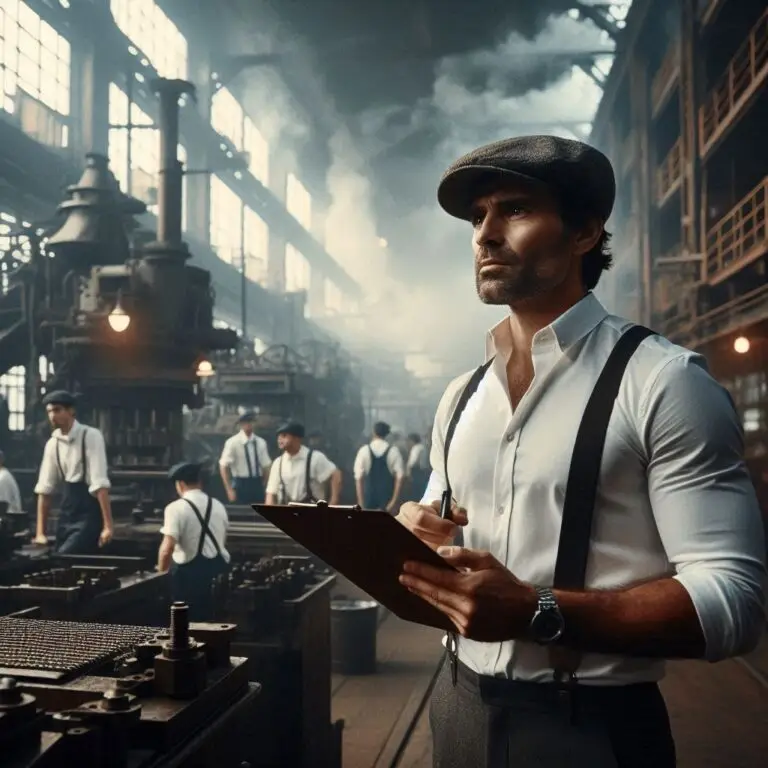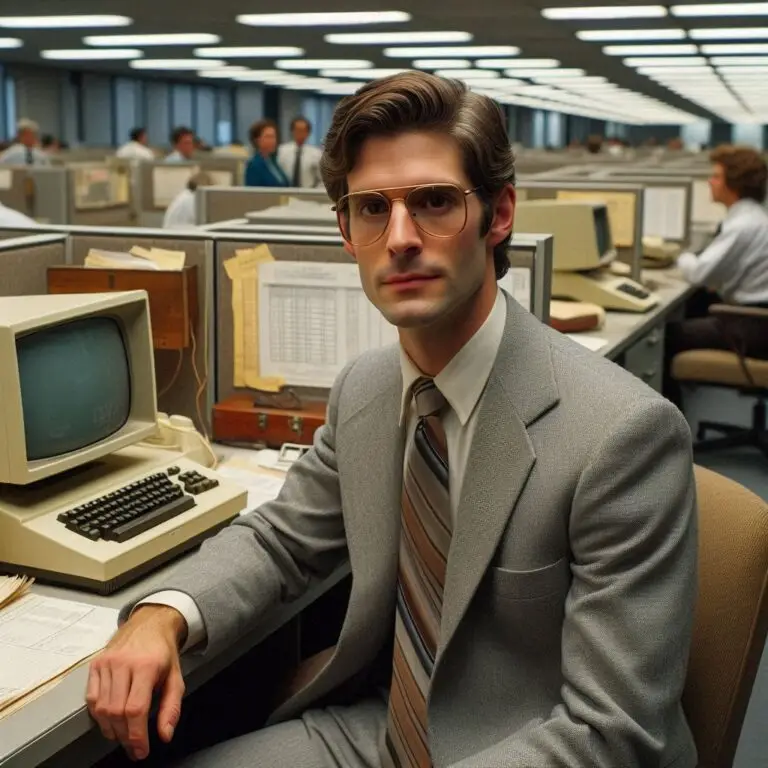Work is one of the few constants in human history, yet how we work has changed dramatically over time. From subsistence farming and craftsmanship to the digital gig economy, every era has redefined what it means to “go to work.” In this article, we’ll explore five key historical phases that shaped modern work, the systems behind them, and how they influence today’s workforce.
To help frame the historical journey of work, the following table provides a concise comparison of key attributes across five distinct eras. It highlights how production systems, work organization, labor division, and workplace conditions have evolved over time.
| Pre-Industrial Era (Before 1760) |
Industrial Revolution (1760–1840) |
Labor Reform Era (1840–1940) |
Modern Era (1940–2020) |
Contemporary Era (2020–Present) |
|
|---|---|---|---|---|---|
| Production Systems | Agriculture, craftsmanship | Machine-based, factories | Continued industrialization | Technological advancements, automation | Advanced digital technologies |
| Organization of Work | Family-based | Factory system | Emergence of unions and labor laws | Specialized departments, global supply chains | Remote and hybrid models |
| Division of Labor | Limited specialization | High specialization | Increased specialization | Knowledge workers, increased specialization | Further specialization, gig economy |
| Time & Work Patterns | Seasonal, irregular | Regular, long hours | Shorter work hours, safer conditions | Standardized hours, some flexibility | Flexible, asynchronous work patterns |
| Skills & Education | Minimal formal education | Emerging specialized skills | Growing need for formal education | Extensive formal education | Emphasis on adaptability, digital skills |
| Workplace Location | Home or local community | Centralized factories | Factories and offices | Office-centric with some remote options | Distributed workplaces |
| Employment Relationships | Self-employment, apprenticeships | Wage labor | Unionized labor, labor laws | Full-time employment, benefits | Gig work, freelancing |
| Work-Life Balance | Integrated work and personal life | Strict separation | Improved conditions | Focus on work-life balance | Blurred boundaries between work and life |
Pre-Industrial Era (Before 1760): Work as a Way of Life

In the pre-industrial world, work was deeply tied to daily survival. Most people lived in rural communities, engaged in farming, trade, and basic craftsmanship. Production systems were local and small-scale, typically run by families or small groups. There were no formal employment contracts — families worked together, growing food, weaving textiles, and building essential goods.
The division of labor was minimal. People were generalists, performing many tasks according to the season or family needs. Time was fluid and determined by nature — sunrise, sunset, and the agricultural cycle. There was no clear boundary between work and personal life (1)(2).
Learning and skill-building happened informally. Knowledge was passed down through families or local apprenticeships. There was no structured education system for workers, and formal employment relationships were virtually non-existent (3).
Industrial Revolution (1760–1840): The Birth of Wage Labor

The Industrial Revolution marked the first major shift in how work was organized. Innovations in textiles, steam power, and manufacturing centralized production in factories and introduced formal wage labor (4).
For the first time, the division of labor became central to productivity. Tasks were broken down into repetitive, specialized roles, which increased efficiency but reduced individual autonomy (5). Work hours became rigid, often long and grueling, with strict schedules enforced by factory owners.
Employment relationships shifted. Workers sold their labor to factory owners in exchange for wages, with little say over their conditions. Formal education started to emerge, focused on basic literacy to support industrial workforces, but access was limited (6)(7).
Urbanization increased as people moved to cities seeking factory jobs. The separation between home life and work life became more pronounced, with centralized workplaces and defined working hours.
Labor Reform Era (1840–1940): The Rise of Worker Rights

By the mid-19th century, the harsh realities of industrial labor triggered widespread reform movements. Large factories, mining operations, and corporations continued to dominate, but workers began organizing for better conditions (8).
The division of labor deepened, with increasingly specialized job roles, but this also created a workforce vulnerable to exploitation. Unions emerged, fighting for reduced hours, safer conditions, and fair pay. Legal reforms such as the Factory Acts introduced workplace regulations and protections (9).
Education expanded alongside these reforms. Compulsory schooling laws were introduced in many countries, ensuring basic education for the growing urban workforce.
Employment relationships became more formalized, with contracts, workplace protections, and growing union influence. Workplaces remained centralized, but the idea of “workers’ rights” gained momentum and shaped modern employment practices (10).
Modern Era (1940–2020): The Knowledge Worker Emerges

The post-World War II period ushered in another major transformation. Economic growth, globalization, and technological advances shifted the focus from industrial labor to knowledge work.
Production systems evolved into automated, specialized, and global operations. The division of labor was now heavily professionalized, with the rise of office-based knowledge workers in sectors like finance, IT, and professional services (11)(12).
Time and work patterns stabilized around the 40-hour workweek, and the modern concept of work-life balance took root. Formal education became essential, with university degrees becoming a standard requirement for many roles.
Employment relationships during this era were stable and structured. Full-time employment with long-term contracts, benefits, and clear career progression became the norm. However, early signs of remote work and flexible arrangements began to appear in knowledge industries (13).
Contemporary Era (2020–Present): Digital, Decentralized, and Flexible

The current era has been defined by rapid technological change, remote work, and the rise of the gig economy. Digital platforms, cloud technologies, and the COVID-19 pandemic accelerated the shift to remote and asynchronous work models (14).
Production systems are now digital, decentralized, and global. The division of labor has become hyper-specialized, with individuals often working as freelancers, contractors, or gig workers offering specific skills to multiple clients (15).
Time and work patterns are more fluid, with many people working across time zones and outside traditional business hours. This flexibility has blurred the boundaries between work and personal life.
Education has become continuous and skills-based. Micro-credentials, online learning, and self-directed development have replaced formal degrees for many roles.
Employment relationships are fragmented. Full-time employment is no longer the dominant model. Gig work, freelancing, and short-term contracts have created new opportunities and challenges, particularly around job security, income stability, and access to benefits (16).
Conclusion
The evolution of work has been shaped by technological progress, economic shifts, and social movements. From pre-industrial subsistence farming to today’s decentralized gig economy, each era redefined how people relate to labor, time, and one another.
Understanding this historical context helps us make sense of today’s workforce challenges and opportunities. It also invites us to imagine what the future of work might look like in an increasingly digital and flexible world.
References
- Thompson, E. P. (1967). “Time, Work-Discipline, and Industrial Capitalism.” Past & Present, 38(1), 56-97
- Braudel, F. (1981). Civilization and Capitalism, 15th–18th Century. Harper & Row.
- Hobsbawm, E. J. (1968). Industry and Empire. Penguin Books.
- Pollard, S. (1965). The Genesis of Modern Management. Harvard University Press.
- Smith, A. (1776). An Inquiry into the Nature and Causes of the Wealth of Nations.
- Commons, J. R. (1918). History of Labour in the United States. Macmillan.
- Bell, D. (1973). The Coming of Post-Industrial Society. Basic Books.
- Hobsbawm, E. J. (1964). Labouring Men: Studies in the History of Labour. Weidenfeld & Nicolson.
- Steinfeld, R. J. (2001). Coercion, Contract, and Free Labor in the Nineteenth Century. Cambridge University Press.
- Piketty, T. (2014). Capital in the Twenty-First Century. Harvard University Press.
- Drucker, P. (1959). Landmarks of Tomorrow. Harper & Brothers.
- Castells, M. (1996). The Rise of the Network Society. Blackwell.
- Sennett, R. (1998). The Corrosion of Character. W. W. Norton & Company.
- Spreitzer, G. M., Cameron, L., & Garrett, L. (2021). “Alternative Work Arrangements.” Annual Review of Organizational Psychology, 8, 473-499.
- Wright, C., Wood, G., & Nyberg, D. (2022). “The Digital Future of Work.” Human Relations, 75(3), 435-455.
- Standing, G. (2011). The Precariat: The New Dangerous Class. Bloomsbury.
